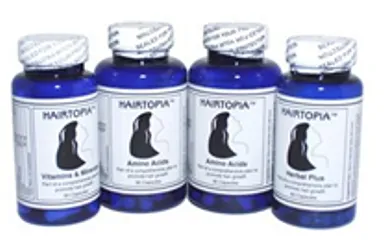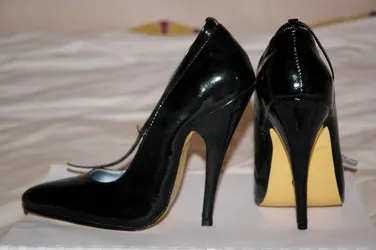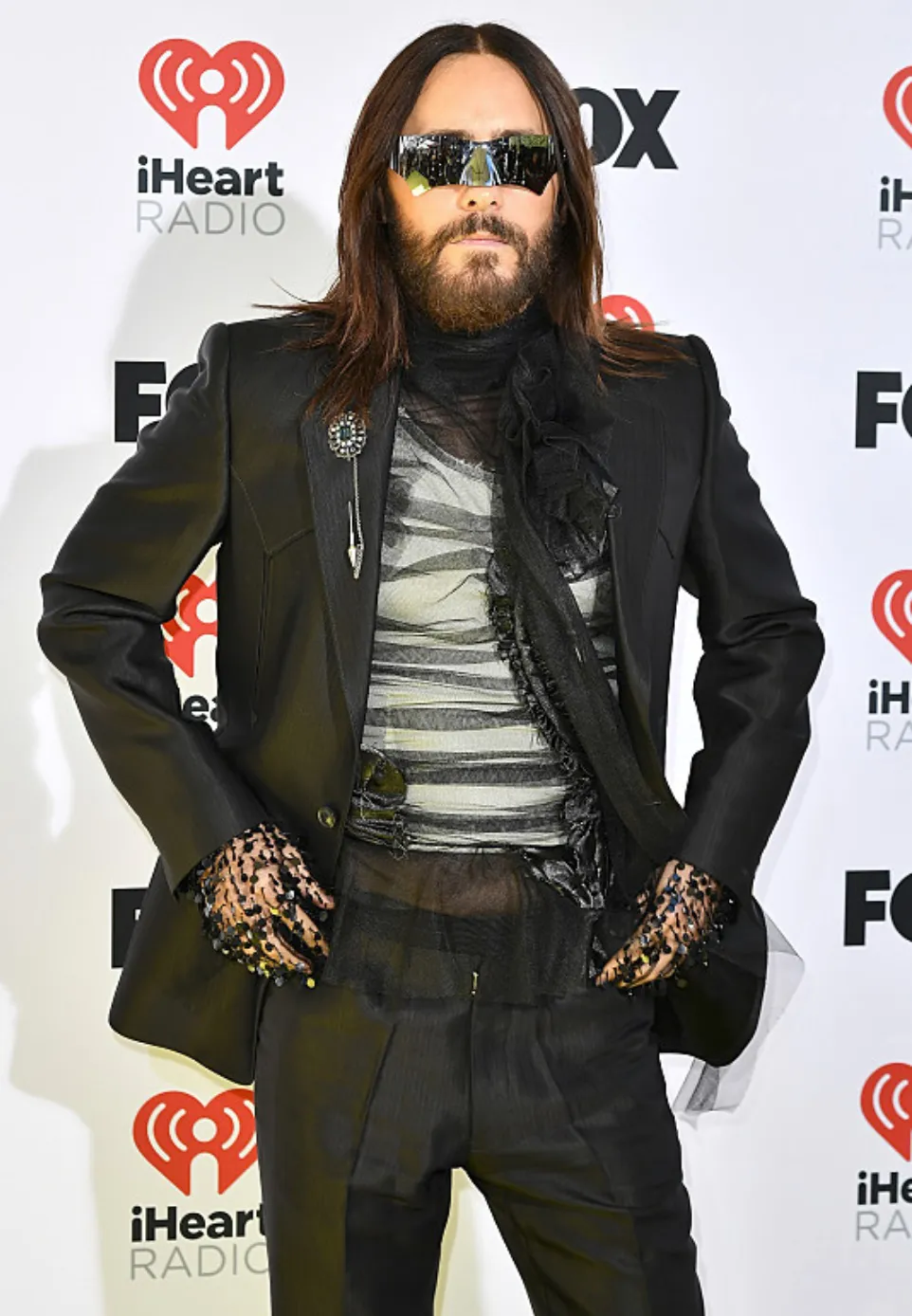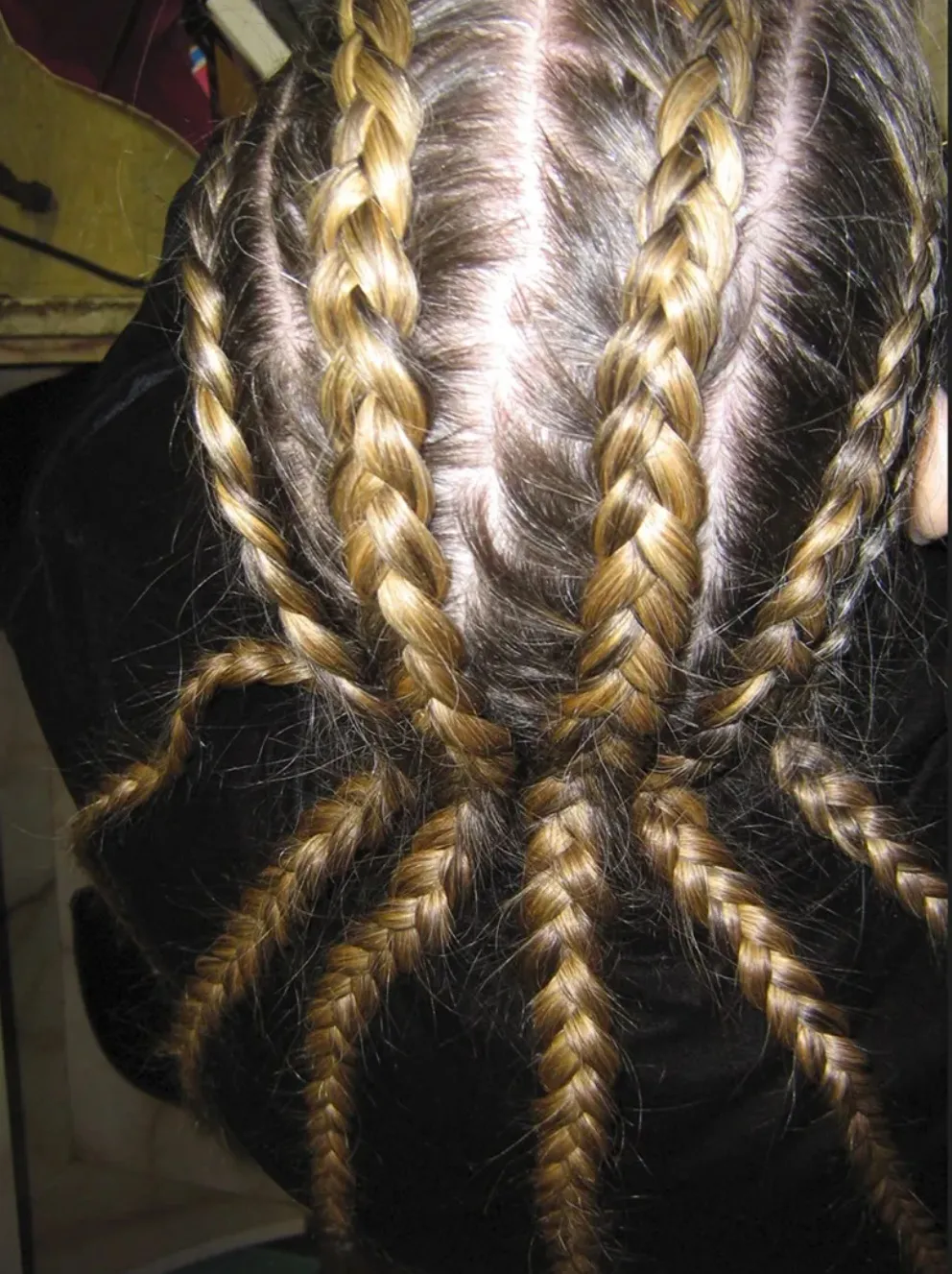
Hair Disorders
Introduction
Hair disorders can range from those that are commonplace to those that are unusual or extremely distressful. These disorders usually impact with hair follicles. The topic of hair disorders is studied in most cosmetology schools since licensed hair stylists are often the first to notice them in their clients. Listed below are some of the most commonly recognized disorders of hair: 1. Canities 2. Ringed Hair 3. Hypertrichosis 4. Trichoptilosis 5. Trichorrhexis Nodosa 6. Monilethrix 7. Fragilitas Crinium 8. Staphylococci Infections 9. Pediculosis Capitis While there are also commonly recognized disorders of the scalp they may or may not directly impact the hair. 1. Canities
This is the official technical term for gray hair and results from the loss of the hair's natural melanin pigment. Gray hair only differs from regular hair by the absence of pigment. There are two types of canities which include:
2. Ringed HairThis type of condition occurs as a result of a variety of canities. It is characterized by alternating bands of gray and pigmented hair throughout the length of the hair strand from the roots to the ends.
3. HypertrichosisThis hair condition is also known as hirsuties or a condition of abnormal growth of hair.
It's characterized by the growth of terminal hair in areas of the body that normally gorws only vellus hair. Women with hypertrichosis might grow a noticeable mustache or light beard. 4. TrichoptilosisSplit ends are technically known as trichoptilosis. There is no known cure for split ends other than cutting the split or damaged ends off of the hair. Although there are some products which can temporarily bind the split ends together, the splits can not be permanently healed and may actually worsen over time. 5. Trichorrhexis NodosaKnotted hair is technically known as Trichorrhexis Nodosa. It's characterized as brittleness and the formation of nodular swellings along the hair shaft. The hair tends to breaks easily, and the broken fibers spread out like a brush along the hair shaft. Treatments include softening the hair with conditioners and moisturizers. 6. MonilethrixBeaded hair is officially known as monilethrix. The hair breaks easily between the beads or nodes. Treatments include hair and scalp conditioning. 7. Fragilitas Crinium
Brittle hair is defined as Fragilitas Crinium. When this condition occurs hair may split at any part of their length. Treatments generally involve hair and scalp conditioning. 8. Staphylococci InfectionsThe most common type of staphylococci infections are furuncles and carbuncles.
9. Pediculosis CapitisHead lice is classified as Pediculosis Capitis and it describes the infestation of the hair and the scalp with parasites. As the parasites feed on the scalp and roots of the hair it causes itching. When scratching ensues it may result in an infection. Although the difference between dandruff and lice can sometimes be difficult to diagnose, lice can be easily diagnosed by looking at the suspect spots through a microscope. Related Animal Parasitic Infections
Another animal infection which can impact the hair is scabies which is cased by the itch mite burrowing under the skin. Vesicles or blisters and pustules or inflamed pimples filled with pus usually form on the scalp from the irritation. Excessive itching results in scratching the infected areas and makes the condition worse. SummaryHair disorders can range from those that are commonplace to those that are unusual or extremely distressful. Social Media Network InformationPlease follow me on Twitter at: http://Twitter.com/HairBoutique. I look forward to meeting new people Thank you for visiting us at The HairBoutique Blog and for leaving your comments. They are very much appreciated. We apologize in advance but must remove any direct advertisements or solicitations. - Revised Publication Date: 04/29/11 | ||||||||||||||||||||
| If you want to talk more about this or other hair care articles on HairBoutique.com or anywhere else, please post a message on HairBoutique.com's Hair Talk Forums.
|
Social Media Network Information
Please follow us on Twitter at: https://Twitter.com/HairBoutique. I look forward to meeting new people from all walks of Twitter and learning from their Tweets.





















